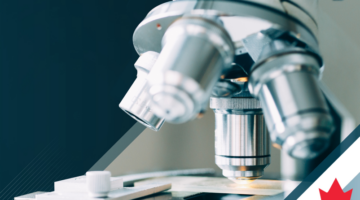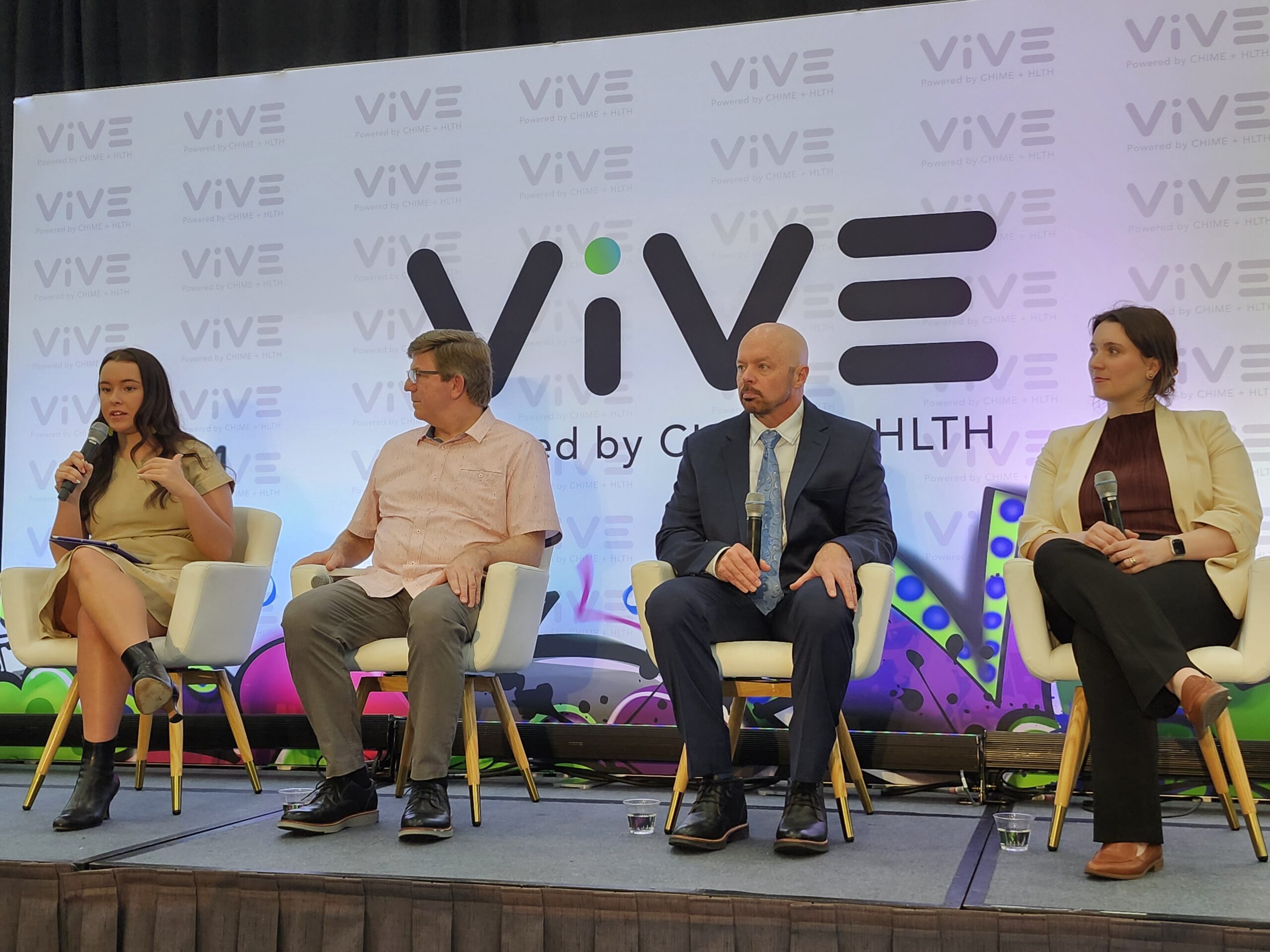
This week, San Diego-based company Biolinq raked in $58 million in a funding round led by Alpha Wave Ventures, bringing its total funding to date to $178 million.
The company, founded in 2012, is developing a wearable patch that leverages electrochemical sensors to measure a person’s glucose levels from the intradermal space just beneath the surface of their skin.
The papillary dermis — the top layer of the skin beneath the outermost layer — is the “ideal location for sensing any biomarker in the body,” Biolinq CEO Rich Yang said in an interview.

When Investment Rhymes with Canada
Canada has a proud history of achievement in the areas of science and technology, and the field of biomanufacturing and life sciences is no exception.
“The reason that the papillary dermis is the best place on your body to sense biomarkers is because it is the single most metabolically active tissue you can be in that does not cause bleeding and does not cause pain. And it sits right on the top of the capillary bed — there’s no scarring in this zone of the tissue,” Yang explained.
The biosensor world has been trying to access this part of the skin for decades, but conducting this type of research has been expensive and laborious, he noted. In order to access this part of your skin, “you have to be 200 times smaller than a human hair filament, yet be robust enough so that it doesn’t break,” he declared.
Biolinq has developed an array of sensors that fit into a small silicon chip, which is placed into a person’s upper forearm. Yang declared that the device is “smallest biosensor in the world.”
The device features a display that lets users know when their glucose levels are within a target range — and when these levels become elevated beyond a healthy range.

At ViVE 2024, Panelists Share Prior Authorization Progress and Frustration in Payer Insights Program
At the Payer Insights sessions on Day 1 of ViVE 2024, a panel on prior authorization offered compelling insights from speakers who shared the positive developments in this area after years of mounting frustration. Speakers also shared challenges as they work with providers to figure out how policy developments and technology will work in practice.
If Biolinq’s device enters the market, it will compete with traditional continuous glucose monitors, like the ones sold by Abbott and DexCom. In Yang’s view, there are a few key factors that separate Biolinq’s wearable patch from its competitors.
The first differentiator is that Biolinq miniaturized its technology to enter the papillary dermis, which means the device has “multiple independent, tiny microsensors that are measuring more than just glucose,” he explained. The second differentiator is that Biolinq’s patch doesn’t cause any scar tissue or bleeding because it doesn’t go very deep into the skin.
Yang also pointed out Biolinq’s device displays real-time biological information directly on the device itself — without a need for a smartphone app. This real-time feedback also allows for teachable moments, he added.
“It’s ideal to have that feedback in a direct line of sight. In other words, after I drink a glass of orange juice, I can see my sensor change from blue to yellow to let me know my glucose levels skyrocketed,” Yang remarked. “Seeing that cause-and-effect shows me that the orange juice wasn’t good for me. Maybe I should stop drinking it, or drink less of it. Or maybe I can take a 10-minute walk after the drink to get my glucose levels back down to where they need to be.”
Using its new capital, Biolinq plans to complete a U.S. pivotal clinical trial this year and submit its device for FDA clearance, Yang said.












